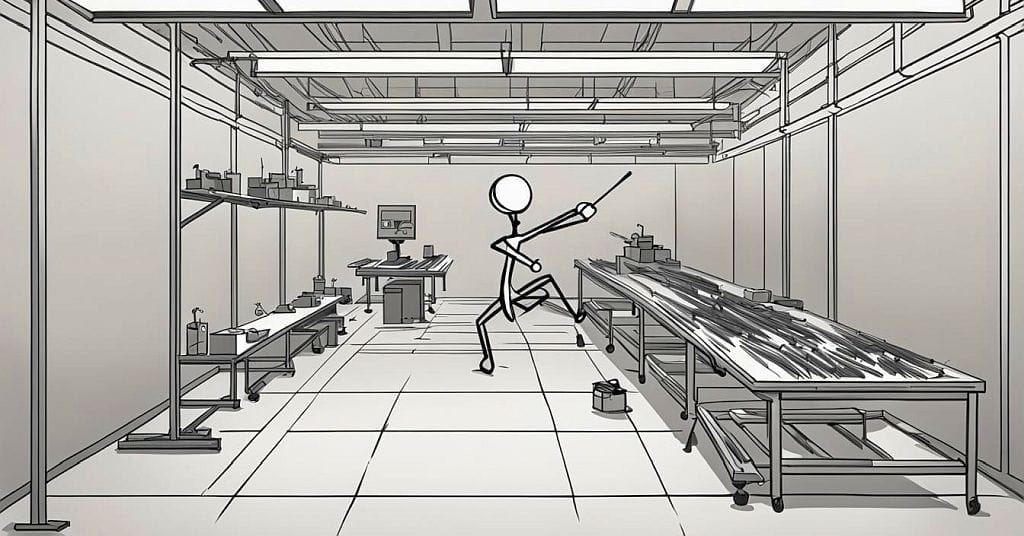 The strategy of building new habits by stacking them onto existing ones.
The strategy of building new habits by stacking them onto existing ones.
Habit Stacking Technique #
Tell me about “habit stacking”? #
Habit stacking, a concept popularized by James Clear in his book “Atomic Habits,” refers to the strategy of building new habits by stacking them onto existing ones. This technique leverages the established neural pathways of existing habits to create new ones, thereby increasing the likelihood of adherence to the new habit. It’s grounded in the psychological principle of associative learning, where our brains link new activities with established patterns.
The process involves identifying a regular habit or routine (the “anchor”) and then adding a new behavior immediately before or after it. For instance, if you have an ingrained habit of drinking coffee every morning, you could stack a new habit of meditating for five minutes right after you prepare your coffee. This coupling creates a linked sequence in your daily routine, anchoring the new habit to an already automatic behavior.
Habit stacking works effectively for several reasons:
Cognitive Efficiency: The human brain is inclined towards energy conservation, favoring routines that minimize cognitive load. By attaching new habits to established ones, the cognitive effort required to remember and perform the new habit is significantly reduced.
Behavioral Consistency: Existing habits have established neural pathways and behavioral triggers. By associating new habits with these established routines, the consistency and predictability of the new behavior are enhanced.
Contextual Cueing: Habits are often contextually driven. By associating a new habit with a specific context or cue (the existing habit), you create a powerful trigger for the new behavior.
Incremental Change: Habit stacking encourages small, incremental changes, aligning with the principle of marginal gains – the idea that small, consistent improvements accumulate to create significant change over time.
In the context of habit formation theories, habit stacking aligns with the cue-routine-reward loop posited by Charles Duhigg in “The Power of Habit.” The existing habit provides the cue, the new habit becomes the routine, and the sense of accomplishment or another form of intrinsic or extrinsic reward reinforces the behavior.
For effective habit stacking, it’s essential to:
- Choose an anchor habit that is well-established and consistent.
- Ensure that the new habit is not overly ambitious; it should be manageable and easily integrated into the existing routine.
- Reflect on the compatibility of the new habit with the existing one, ensuring that the sequence feels natural.
- Habit stacking can be a powerful tool for personal development, productivity enhancement, and behavior change. It’s particularly effective because it integrates new habits into the fabric of daily life without requiring significant lifestyle alterations.
Describe cue-routine-reward loop? #
The cue-routine-reward loop, a fundamental concept in the study of habit formation, is eloquently elucidated in Charles Duhigg’s book, “The Power of Habit.” This model, deeply rooted in behavioral psychology, explicates the neurological loop that governs any habit. It consists of three primary components: the cue (or trigger), the routine (or behavior), and the reward.
Cue (Trigger) #
The cue is a specific trigger that sets the habit into motion. It can be an environmental signal, an emotional state, a particular time of day, or any stimulus that initiates the habitual behavior. The cue acts on the brain at a neurological level, prompting it to engage in a learned behavior. This is aligned with classical conditioning theories, particularly Ivan Pavlov’s work, where an external stimulus becomes associated with a particular response.
Routine (Behavior) #
The routine is the actual habitual behavior that is performed in response to the cue. This can be a physical action, a mental process, or an emotional reaction. In the context of habits, the routine is the pattern of behavior that is automatically enacted when the cue is presented. The routine, over time, becomes more automatic and less reliant on conscious decision-making, a process that is encapsulated in the theory of operant conditioning, where behaviors are learned and reinforced through rewards and punishments.
Reward #
The reward is the benefit or satisfaction that the individual gains from performing the routine. This reward helps to reinforce the habit loop, making the association between the cue and the routine stronger. The reward can be tangible (like food or money) or intangible (like a feeling of accomplishment or relief). The reward component is crucial because it releases dopamine, a neurotransmitter associated with feelings of pleasure, which reinforces the habit loop and makes the behavior more likely to be repeated.
Neurological Basis and Implications #
At a neurological level, this loop is understood to involve the basal ganglia, a part of the brain integral to the development of emotions, memories, and pattern recognition. Decisions, at first, are made in the prefrontal cortex, the area of the brain responsible for higher-order thinking. As a behavior becomes a habit, the decision-making part of the brain becomes less involved, and the pattern gets encoded in the basal ganglia, enhancing efficiency but reducing conscious awareness.
Application and Modification #
Understanding the cue-routine-reward loop is crucial not only for habit formation but also for altering existing habits. To change a habit, one can keep the same cue and reward but alter the routine, thereby reprogramming the habit loop. This approach is fundamental in various fields, including behavioral therapy, habit reversal training, and personal development strategies.
In summary, the cue-routine-reward loop provides a framework for understanding how habits form and persist. By identifying and manipulating these components, individuals and professionals can better understand behavior patterns and develop strategies to create new habits or modify undesirable ones. This loop is a testament to the dynamic interplay between external stimuli, neural processes, and behavioral outcomes.